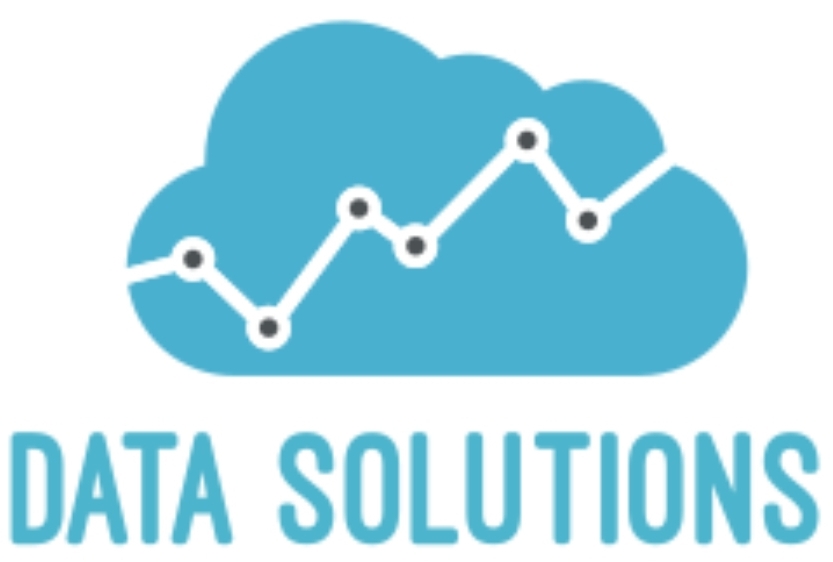On-premise and cloud computing are two different approaches to deploying and managing IT infrastructure, including software applications and data storage.
On-premise refers to the traditional approach of managing IT infrastructure within an organization’s own physical premises. This requires the organization to purchase and maintain all the necessary hardware and software, including servers, networking equipment, and storage devices, as well as hiring IT staff to manage and maintain the infrastructure. This approach gives organizations complete control over their IT resources, but it can be expensive and time-consuming to set up and maintain.
Cloud computing, on the other hand, refers to the delivery of IT services over the internet, often through a third-party provider. This means that organizations do not need to purchase or maintain their own physical infrastructure, as the service provider takes care of that. Instead, they can simply rent access to the services they need, paying for only what they use.
Cloud services can be accessed from anywhere with an internet connection, making it easier to work remotely.Cloud computing offers a number of advantages over on-premise computing, including lower costs, greater scalability, and easier access to advanced technology. It can also be easier and faster to deploy new applications and services, and updates are often handled automatically by the service provider. However, there are also some potential downsides to cloud computing, such as concerns over data security and the risk of service disruptions if the internet connection is lost.
Ultimately, the choice between on-premise and cloud computing depends on the specific needs and resources of an organization. Some organizations may prefer to maintain complete control over their IT infrastructure, while others may find that cloud computing offers greater flexibility and cost savings.
